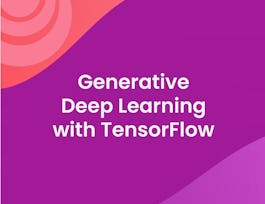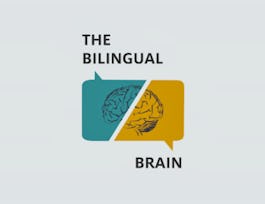Neuroimaging methods are used with increasing frequency in clinical practice and basic research. Designed for students and professionals, this course will introduce the basic principles of neuroimaging methods as applied to human subjects research and introduce the neuroscience concepts and terminology necessary for a basic understanding of neuroimaging applications. Topics include the history of neuroimaging, an introduction to neuroimaging physics and image formation, as well as an overview of different neuroimaging applications, including functional MRI, diffusion tensor imaging, magnetic resonance spectroscopy, perfusion imaging, and positron emission tomography imaging. Each will be reviewed in the context of their specific methods, source of signal, goals, and limitations. The course will also introduce basic neuroscience concepts necessary to understand the implementation of neuroimaging methods, including structural and functional human neuroanatomy, cognitive domains, and experimental design.



Fundamental Neuroscience for Neuroimaging
This course is part of Neuroscience and Neuroimaging Specialization

Instructor: Arnold Bakker
Sponsored by IEM UEM Group
74,994 already enrolled
(2,207 reviews)
Details to know

Add to your LinkedIn profile
4 assignments
See how employees at top companies are mastering in-demand skills

Build your subject-matter expertise
- Learn new concepts from industry experts
- Gain a foundational understanding of a subject or tool
- Develop job-relevant skills with hands-on projects
- Earn a shareable career certificate


Earn a career certificate
Add this credential to your LinkedIn profile, resume, or CV
Share it on social media and in your performance review

There are 4 modules in this course
This week will introduce basic terminology in neuroscience and structural neuroanatomy of the human brain.
What's included
5 videos1 assignment4 discussion prompts
This week will introduce functional neuroanatomy of the human brain including cognitive domains and neuropsychological assessment of cognition.
What's included
5 videos1 assignment5 discussion prompts
This week will introduce the principles of neuroimaging and applications in structural and functional neuroimaging.
What's included
5 videos1 assignment5 discussion prompts
This week will introduce experimental design in functional neuroimaging and special methods in neuroimaging, including functional connectivity MRI, diffusion tensor imaging and spectroscopy imaging.
What's included
5 videos1 assignment4 discussion prompts
Instructor

Offered by
Why people choose Coursera for their career




Learner reviews
2,207 reviews
- 5 stars
73.83%
- 4 stars
20.68%
- 3 stars
4.21%
- 2 stars
0.63%
- 1 star
0.63%
Showing 3 of 2207
Reviewed on May 21, 2019
Some supplements could have been included in the course. Except that, the course material was well organised and very informative. I really enjoyed doing the course.
Reviewed on Jun 1, 2020
Brilliant course, it has been complimentary towards my masters dissertation of studying neurocriminology within the UK. Thank you for providing an informative course.
Reviewed on Feb 4, 2020
It was a high quality course that cleared a lot of my concepts in the basics of neuroimaging.I felt at certain times the speed was too fast and adequate glossing over important concepts was not done.
Recommended if you're interested in Health

Fractal Analytics

University of California, Davis

DeepLearning.AI

University of Houston

Open new doors with Coursera Plus
Unlimited access to 10,000+ world-class courses, hands-on projects, and job-ready certificate programs - all included in your subscription
Advance your career with an online degree
Earn a degree from world-class universities - 100% online
Join over 3,400 global companies that choose Coursera for Business
Upskill your employees to excel in the digital economy



